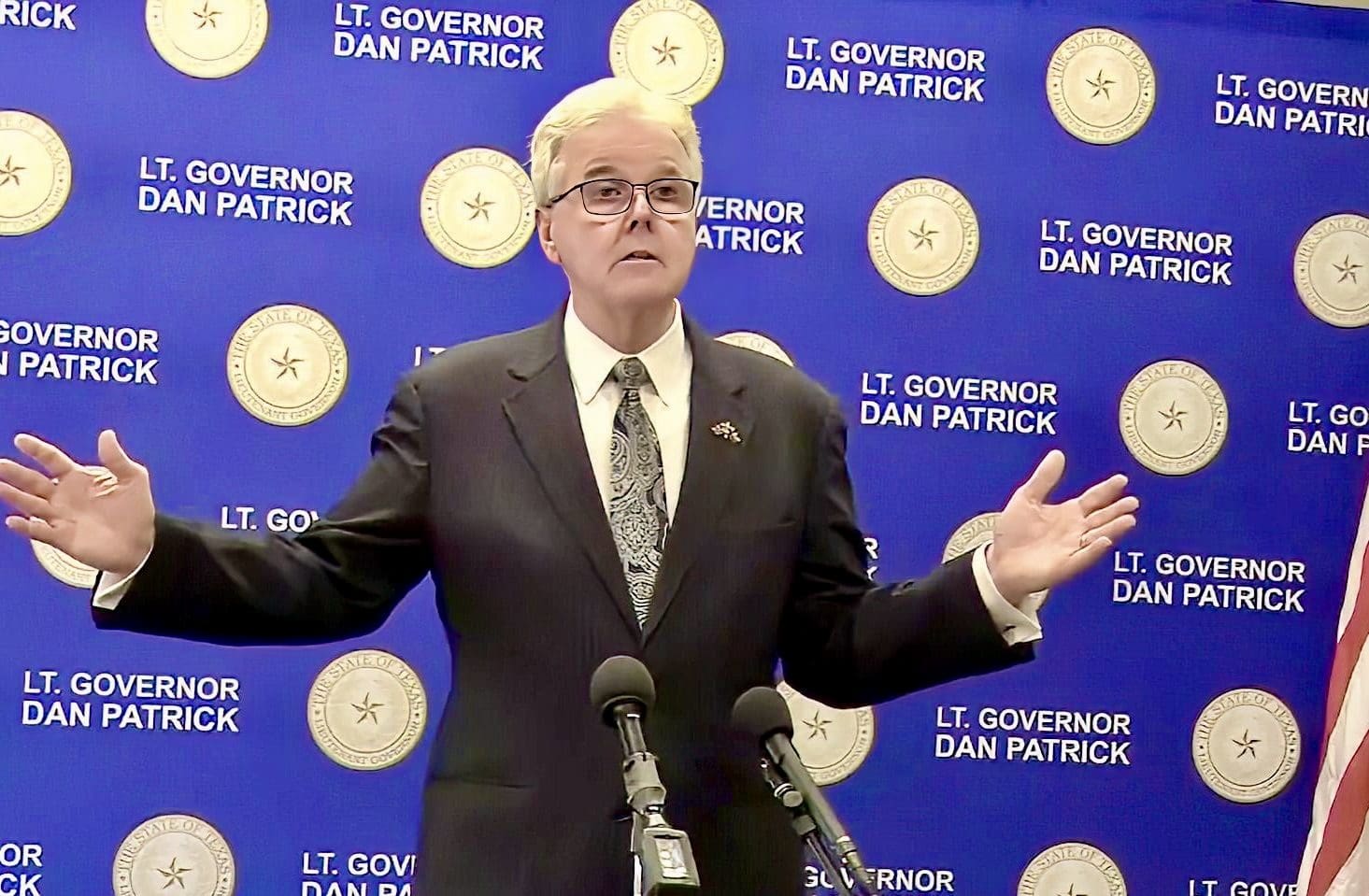Texas’ fifth-largest city has managed to reduce its total workforce amidst population growth, all while suffering no apparent reduction in city services. Other growing cities that arbitrarily grow their staff – and raise taxes – should take notice.
The City of Fort Worth appears to have tightened its belt, at least from a staffing perspective. This has positive fiscal implications, since payroll is a primary cost driver of any organization. With more staff come higher annual budget costs.
Despite a 24-percent increase in its population over the past decade, Fort Worth’s total number of Full-Time Equivalents (FTEs) fell 6.2 percent.
In many growing cities, an expanding population and tax base leads to more city staff, bigger budgets, and higher taxes. In contrast, Fort Worth has gone in the opposite direction by cutting staff.
The following are examples of cuts, according to the city’s most recent financial statement. Staff in the City Manager’s Department is down 46 percent, while Human Resources dropped 41.6 percent. Even the library staff was cut 17.8 percent.
Not all departments saw reductions. Code Compliance is up a staggering 219 percent, from 166 FTEs to 370 FTEs in ten years. Although non-uniformed police are down 30.4 percent, uniformed officers increased 7.5 percent. It’s worth noting the number of police calls is down 8.3 percent over the same period.
The number of uniformed fire officers has remained flat, while non-uniformed fire personnel are up 27 percent. While fire-related calls are down 31.2 percent, EMS calls are up by more than 40 percent.
There is room for improvement. Despite managing its staffing levels better than other growing cities, the council grew its overall budget – due to pay increases and rising healthcare costs for employees – and raised tax bills on the average homeowner. This is revealed by examining who is paying the additional tax revenue.
In 2017, Fort Worth projected a property tax revenue increase of $35.4 million, or 7.8 percent, despite lowering its tax rate 3 cents. Due to higher property values – and a failure to reduce its tax rate enough – $19.57 million of the $35.4 million in the new revenue came from a tax hike on existing residents and businesses. The rest came from new taxpayers through growth and redevelopment.
Fort Worth still levies one of the highest city property tax rates in North Texas, at 80.5 cents per $100 of valuation. Yes, Dallas is lower, at 78.04 cents.
In summary, Fort Worth has been quick to raise tax bills in recent years, similar to most cities. But they should be applauded for doing what other councils in growing cities wrongly assume is unworkable—reducing their total workforce without cutting services.
For a detailed breakdown of the City of Fort Worth’s staffing levels between 2008 and 2017 by department category, as listed on the city’s 2017 Comprehensive Annual Finance Report (CAFR), click HERE.




